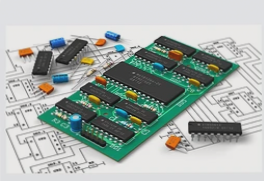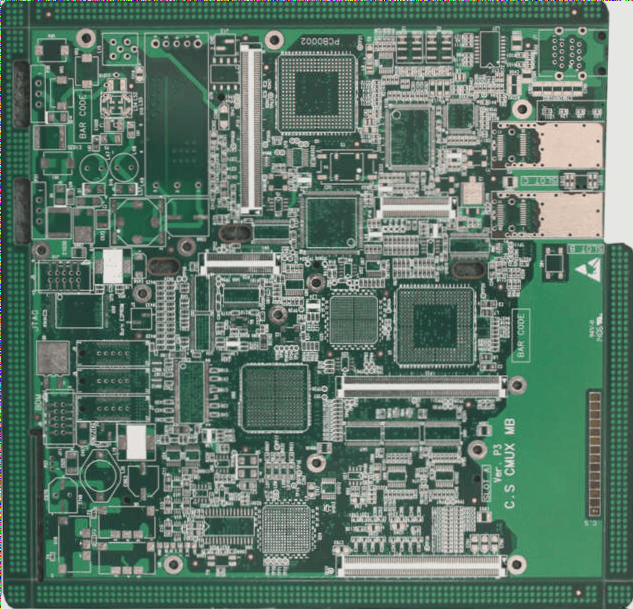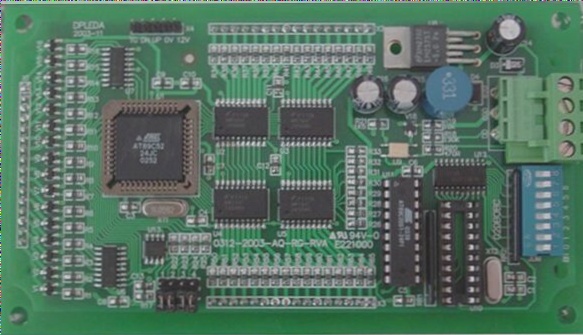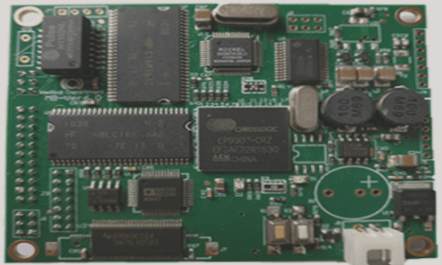The Importance of Electroless Copper Plating in PCB Fabrication
The walls of drilled holes in PCBs are constructed using non-conductive epoxy resin and fiberglass board. To enable electrical connections between layers, a crucial step involves metallizing the hole walls through an autocatalytic redox reaction. This process deposits a thin copper layer onto the non-conductive surface, a technique known as electroless copper plating.
Preparation Process
- Deburring: Removes residues from drilling and enhances hole wall structure for better adhesion.
- Alkaline Degreasing: Eliminates impurities like oils, fingerprints, and oxides from the board surface.
- Desmear: Uses potassium permanganate to etch epoxy resin, aiding in activation solution absorption.
- Micro-etching: Removes oxides and increases surface roughness for strong copper adhesion and prevents delamination.
Activation Step
Prior to activation, the board undergoes pre-impregnation to prevent moisture interference with the activation solution’s pH. During activation, a thin layer of colloidal palladium is deposited on the board and hole walls to facilitate even copper plating.
Electroless Copper Plating Process
Following activation, the board is immersed in a copper bath to initiate a redox reaction, resulting in a 20-40 microinch thick layer of chemical copper. This layer renders the previously non-conductive hole walls conductive, enabling interlayer connections.
Panel Plating for Protection
To safeguard against oxidation and micro-etching of the thin copper layer within the holes, both the surface and hole interiors undergo electroplating to thicken the copper to 5-8 microns.
For inquiries regarding PCBs or PCBA, please reach out to us at info@wellcircuits.com.




